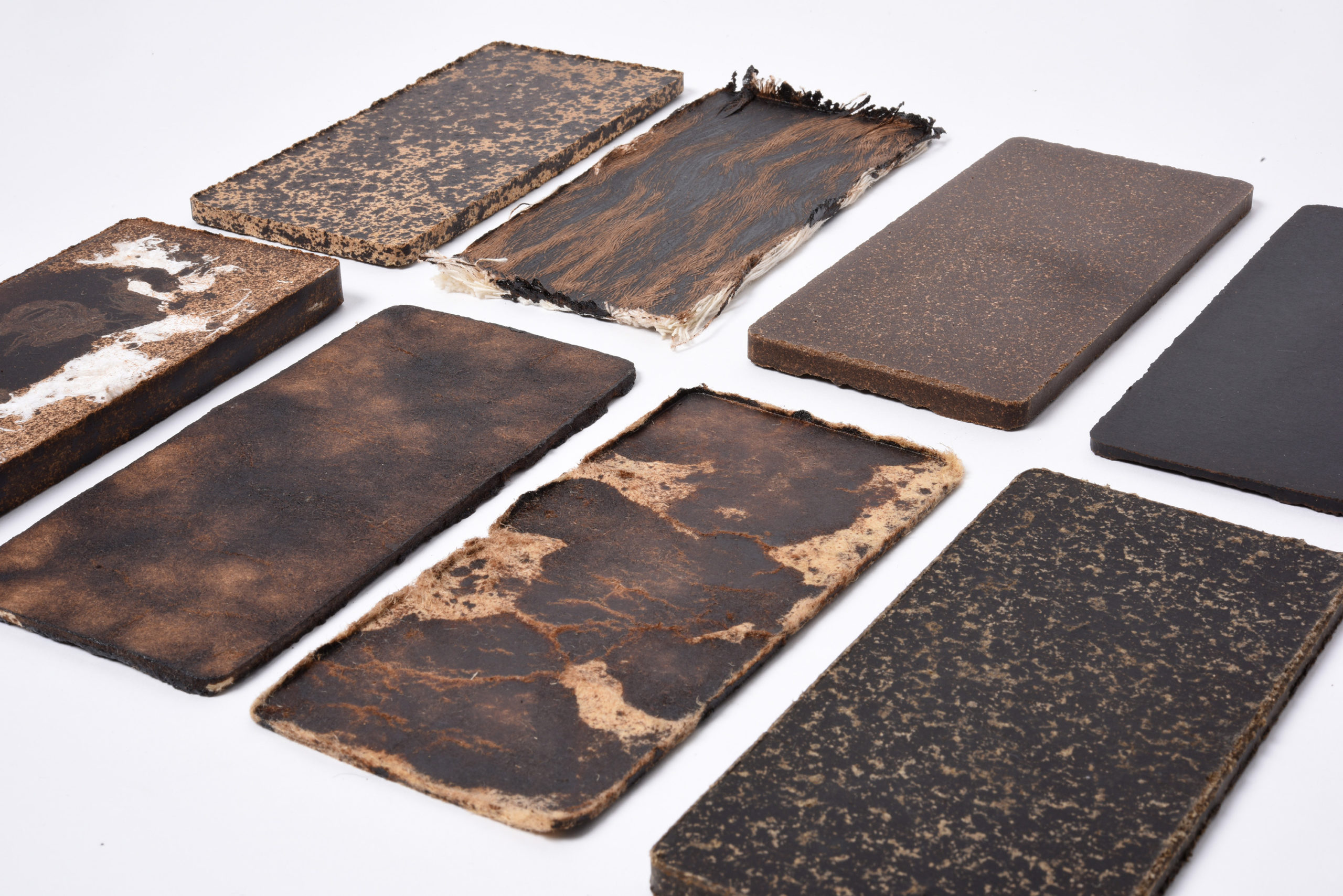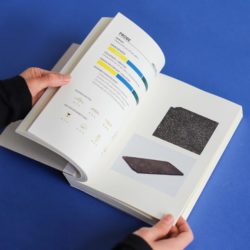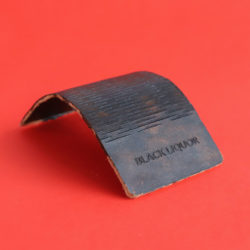BLACK LIQUOR
Description
Black Liquor produces sustainable materials from waste products of the paper industry. The lignin from the "black liquor" (also name of the raw material) is used to develop biodegradable materials that can serve as an alternative to ecologically harmful plastics. In Germany, 98% of the black liquor is incinerated, which are about 50 million tons per year. The by-product of the paper industry contains a promising biopolymer: lignin. It is the second most common biopolymer on earth and could eventually play an important role in the development away from petroleum-based materials and towards biobased materials.What is the Topic?
Black Liquor is about the development of recycable materials and their design on the basis of lignin. A large part of the materials we are surrounded by today are neither health or ecologically compatible and not recycable. But: in Germany alone, 8 million tons of unwanted furniture are burned every year and the emissions from our furniture cause people to suffer from diseases such as the so-called "sick building syndrome". In addition, the lack of biodegradability of the predominant materials confronts us with increasing global mountains of waste, and the oil-based production of many materials causes rapidly increasing CO2 emissions. Black Liquor therefore offers harmless materials that replace these substances, which are made out of renewable biological raw materials and are largely based on industrial by-products. These materials can be used to transfer unused raw material sources into new material cycles and prevent unnecessary CO2 emissions.
Why does it look like this?
In collaboration with the Fraunhofer WKI, a whole range of material properties and possible applications of the black liquor were investigated: Solid board materials for furniture construction, but also flexible leather as an alternative for the fashion industry. The materials are all available in different, black-brown shades because lignin has a very strong dark, black-brown colour.
What is special?
The special thing about this project is the elaboration and presentation of how versatile the black liquor can be used and what enormous unused potentials are available. This results in many new application possibilities in various areas. The developed material samples are called "Happy Stuff". The developed "Happy Flex", for example, works well as a substitute for animal leather or petroleum-based artificial leather. It is flexible, stable, can be cut and sewn, is water-repellent and it even develops the typical patina for leather during use. The materials of the "Happy Hard" series can be used as alternatives to conventional board materials such as chipboard or MDF. Lignin has hydrophobic, UV and visible light absorbing properties, it can also be used as a textile coating ("Happy Tex"). At the end of their life cycles, all Black Liquor products can either be recycled or biodegraded. And to ensure this, the next step is to test and scientifically confirm the compostability of the materials.
What is new?
In a process of experimental design research and scientific approaches, new and promising materials have been developed which are free of pollutants and not harmful to health in production and processing as well as bio-based and recycable. For example, Black Liquor materials are significantly more sustainable than conventional composite materials because a high proportion of the material is made out of waste materials and renewable raw materials. We have also placed a special focus on making our materials pollutants-free so that they are as environmentally friendly as possible for every disposal scenario. Black Liquor addresses four target groups: final consumers, product manufacturers, materials researchers and designers. The development of a material library gives interested researchers and designers access to our experiments and results. It consists of an extensive archive and a catalogue. In this way, we want to give the opportunity to use our results for future material developments based on lignin and continue on the basis of our research. In addition, a website on Black Liquor is currently under construction, where everything is made accessible digitally and via film material. The website will focus on material research, material cycles, information and knowledge about black liquor, as well as the cooperation between scientists and designers. External communication is very important in this project because we can make complex topics easily accessible through the materials and created prototypes. The interesting part for product manufacturers and end consumers is that they can have a look into the entire material development and history of "Happy Stuff".




